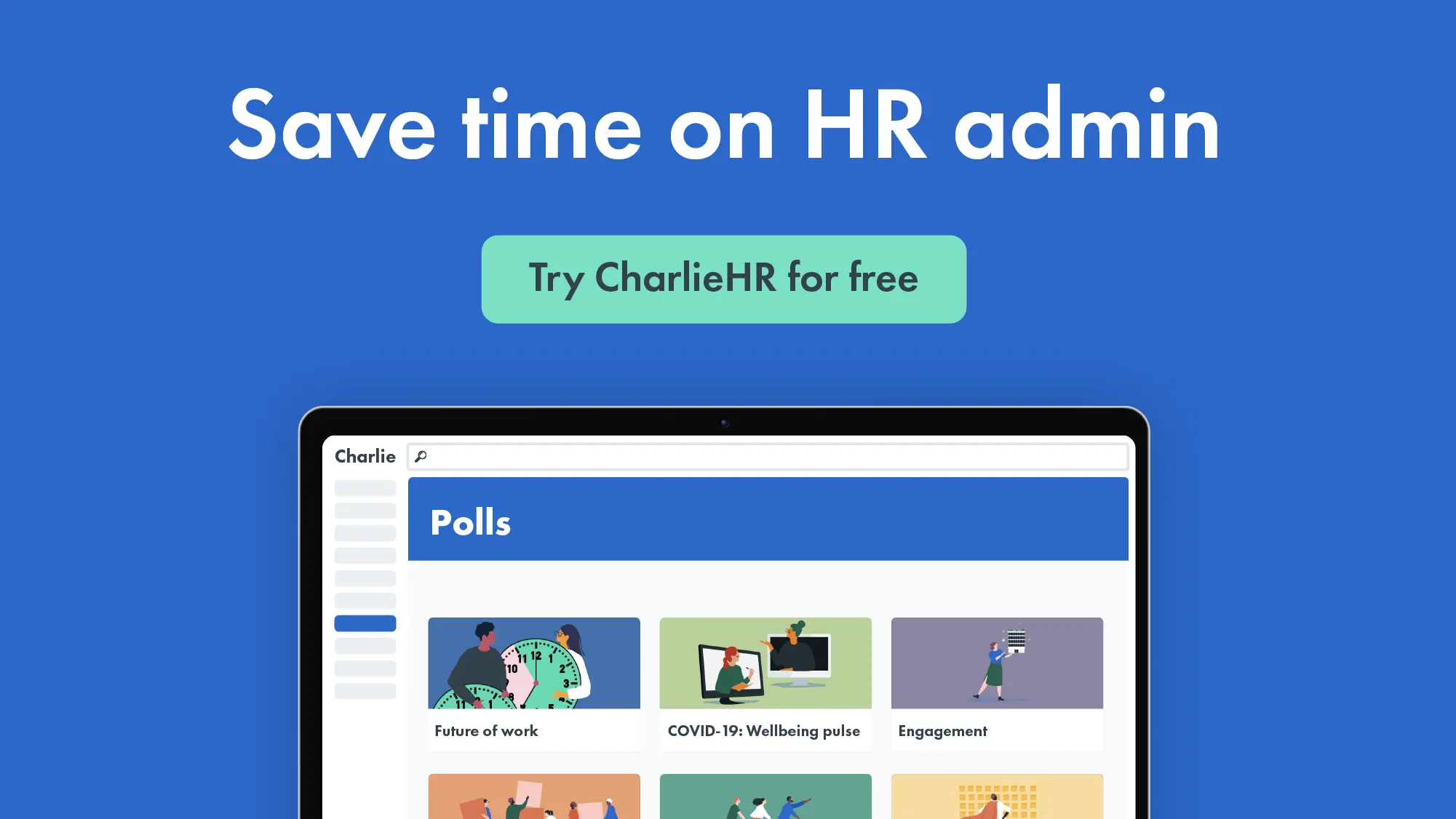How to engage remote employees

Advances in digital technology and the desire for work-life balance have brought in a new age where the traditional, 9-to-5 corporate office is no longer necessary for productivity.
Now, many employees can - and do - work from any location across the globe or from the comfort of their own homes. Here at CharlieHR, we’ve embraced a hybrid model of remote work where a majority of our team members work from their homes across the UK — our London office is available for those who wish to use it.
For all of the wonderful benefits that remote working offers, it comes with its own set of challenges for small businesses - namely, that of keeping remote employees engaged, focused, and putting all of their energy into their jobs.
The traditional office, once a central hub of social interaction and team collaboration, has been replaced by virtual hangouts and digital work environments. The million-pound question presented to us is this: how do we keep our remote workforce engaged and on top of their game in this new distributed work model?
This post will explore how to keep remote employees engaged and offer strategies for nurturing remote employee engagement drawing on our own insights and experiences at CharlieHR.
Understanding employee engagement
Employee engagement is more than just being happy with your job, it’s an approach to a workplace culture that creates the preconditions for all members of your team to be passionate about what they do. Engaged employees don’t just take their paycheck and go home - they give their best every day with a sense of fulfilment and are motivated to help contribute to the organisation’s long-term success while finding purpose in their own roles.
Engaged employees are the lifeblood of any well-functioning company, remote-first or otherwise. They go above and beyond what’s required of them in their job description. Companies with high levels of employee engagement show improved productivity, improved customer service, and reduced turnover.
Here are some key indicators of employee engagement to be aware of:
- Emotional commitment: When engaged employees have an emotional investment in the company’s success, they care about their work and their team
- Extra effort: Engaged employees go the extra mile, and exceed what’s expected of them in their job requirements
- Alignment with company goals: When employees are engaged, they understand the company’s vision and goals and how their work contributes to the fulfilment of that vision
- Decreased turnover: High levels of employee engagement are linked to a range of positive benefits, including lower turnover. Engaged employees are more likely to stick around and less likely to look for a new job elsewhere
Remote working presents its own challenges due to the absence of face-to-face interaction. These can be overcome with the right strategies and tools to engage remote employees effectively.
Measuring employee engagement in remote workers
Evaluating and quantifying the level of engagement in remote workers is challenging at first because of the lack of physical, real-life interpersonal interaction, but there are several effective ways to measure it:
- Engagement surveys: Regularly-scheduled employee engagement surveys are one of the most common, most easily implemented ways of measuring feedback in remote employees. These questions should cover aspects of remote working such as work-life balance, communication from leadership, and opportunities for growth and development. Platforms like the CharlieHR engagement feature let you easily build, automate, and conduct employee engagement surveys and analyse survey results in a useful way.
- One-on-one, regular check-ins: The face-to-face interactions you’d get in an office setting need to be replaced with something. One-on-one video-call check-ins between employees and management are a great way to measure engagement, as they provide an open floor for employees to voice concerns.
- Performance metrics: Use productivity indicators and KPIs to measure engagement, which often fluctuates in correspondence to changes in productivity and quality of work.
- Participation in virtual team-building activities: Virtual team activities - where remote team members get together online in group video calls to play games and socialize - take the place of water cooler talk in a conventional office setting. Encouraging and tracking participation in these virtual activities is a good way to assess how “plugged in” a remote employee is.
- Online employee feedback tools: Many tools exist that specifically track remote employee engagement, and provide consistent and anonymous feedback about the experience of remote employees. Learn more about different types of employee engagement software.
- Use of available resources: Keeping an eye on how often remote employees make use of resources like training materials and wellness initiatives is a useful indicator of how connected they are to the organisation. Use this data to inform your employee enablement strategy.
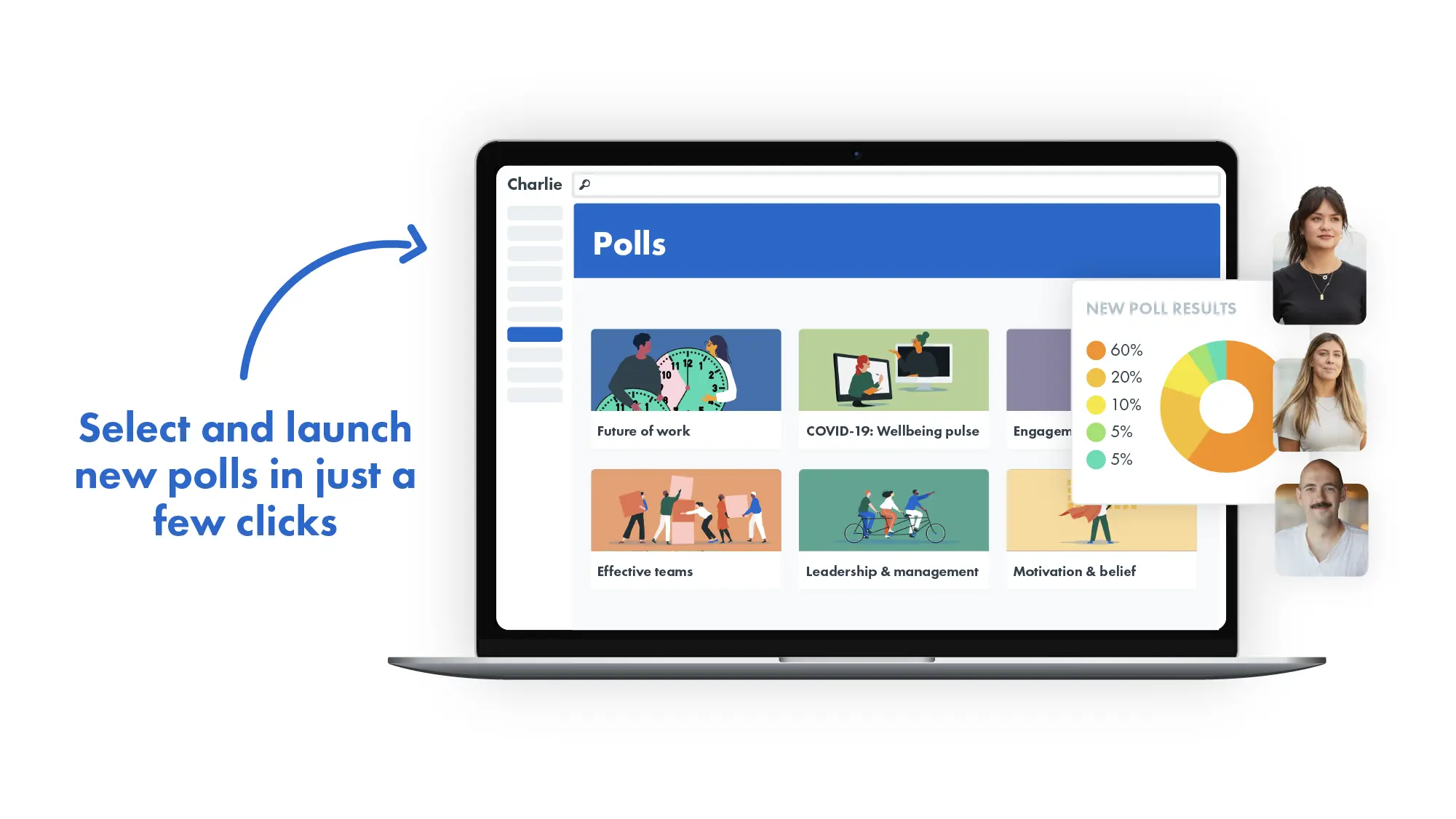
Keep in mind, measuring engagement is only meaningful if you take action based on what you learn from your insights. When levels of engagement are low, it's important for an HR professional to address it swiftly and promptly to improve the work environment.
Want to find out how? Check out our engagement survey template.
Strategies to enhance remote engagement
Successfully building and maintaining engagement in a remote team isn’t incidental, it’s intentional. Engaging remote employees requires deliberate, strategic decision-making. Here are some strategies you can use as an HR professional to enhance remote employee engagement and make everyone feel part of the team:
1. Leverage the right tech stack
A digital-first remote workspace lives or dies on its foundation - the suite of tools it uses to ensure seamless and uninterrupted internal communication and collaboration.
When you put together your remote tech stack, make sure you have tools that cover things like video conferencing, project management, and day-to-day communication channels.
Consider what tools you need to integrate as well. For example, CharlieHR’s integration with Slack has a location feature that allows team members to set a “default location” and a “temporary work location”, making coordination easier.
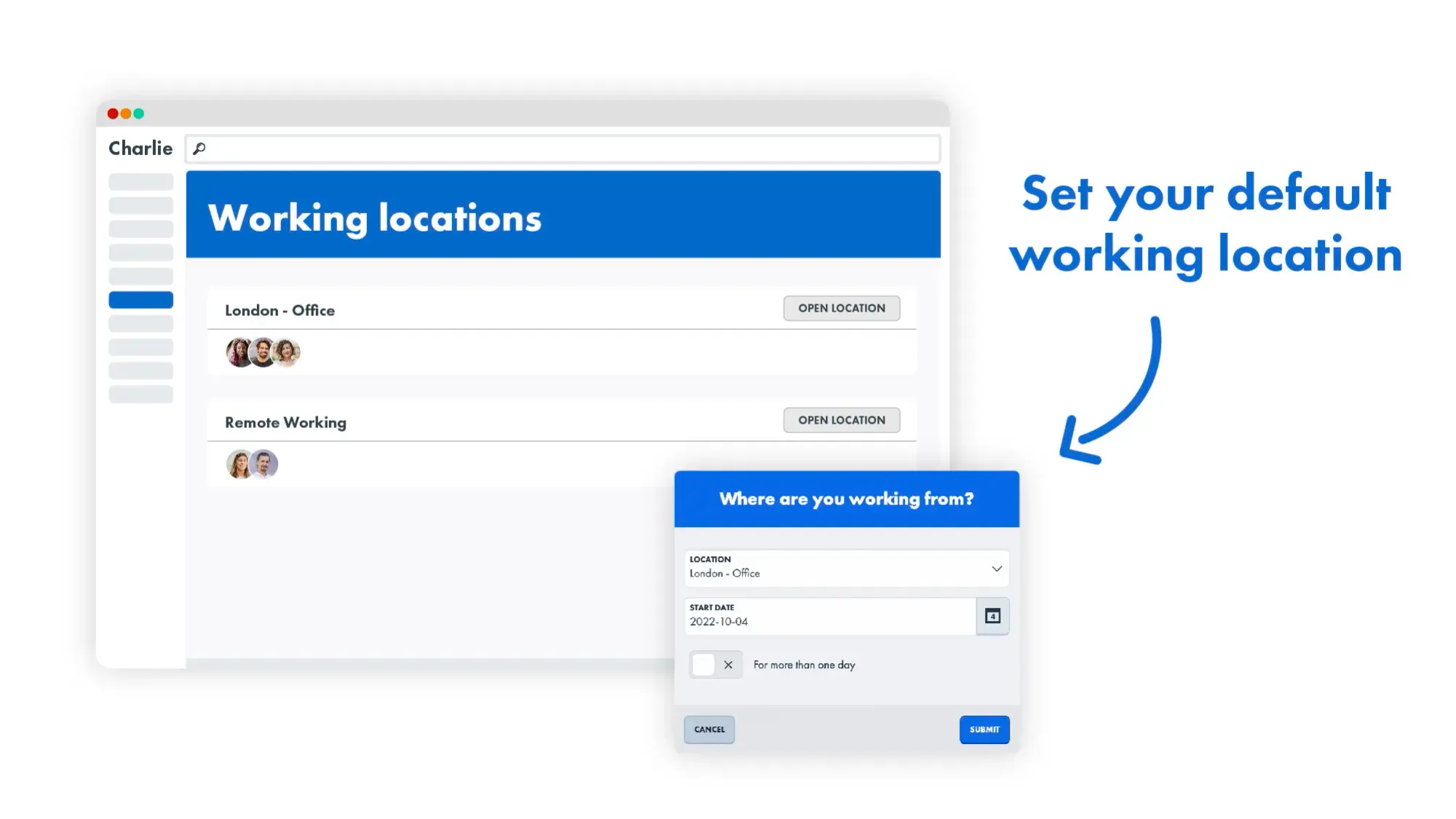
2. Invest in a great onboarding process
A thorough, warm, inviting, and effective remote onboarding process is essential for establishing clear expectations and helping remote workers feel connected and valued from their first day on the job. You can use the CharlieHR onboarding feature to create a customised onboarding workflow and make the transition smoother for everyone - you and your new hires both.
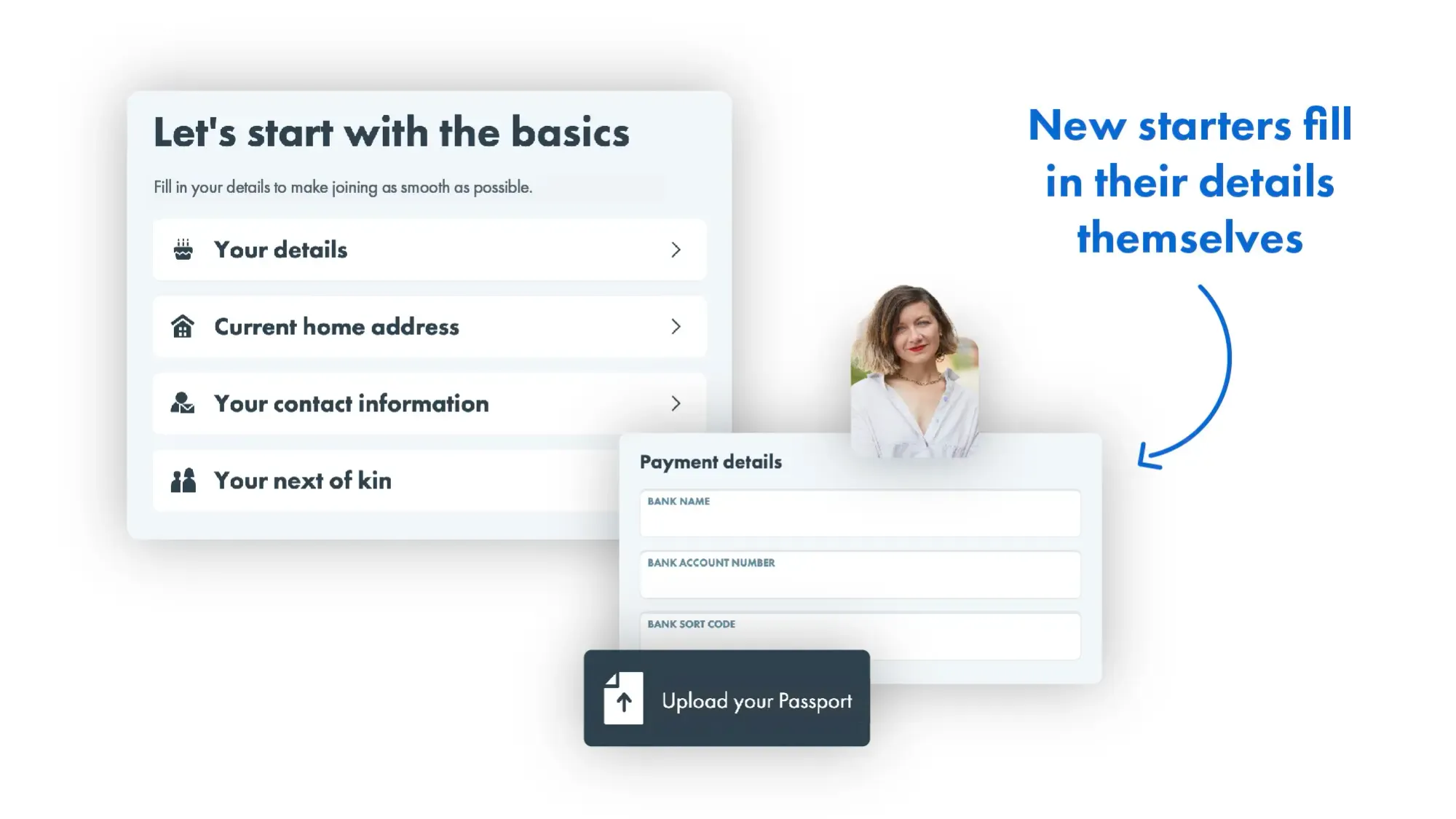
3. Keep a pulse on team sentiment
Consistently-scheduled engagement surveys give you a valuable snapshot of where employee engagement is at - and what factors are contributing to it.
CharlieHR’s engagement surveys automate and streamline the entire remote engagement survey process, letting you create, distribute, and collect remote worker engagement surveys with minimal effort.
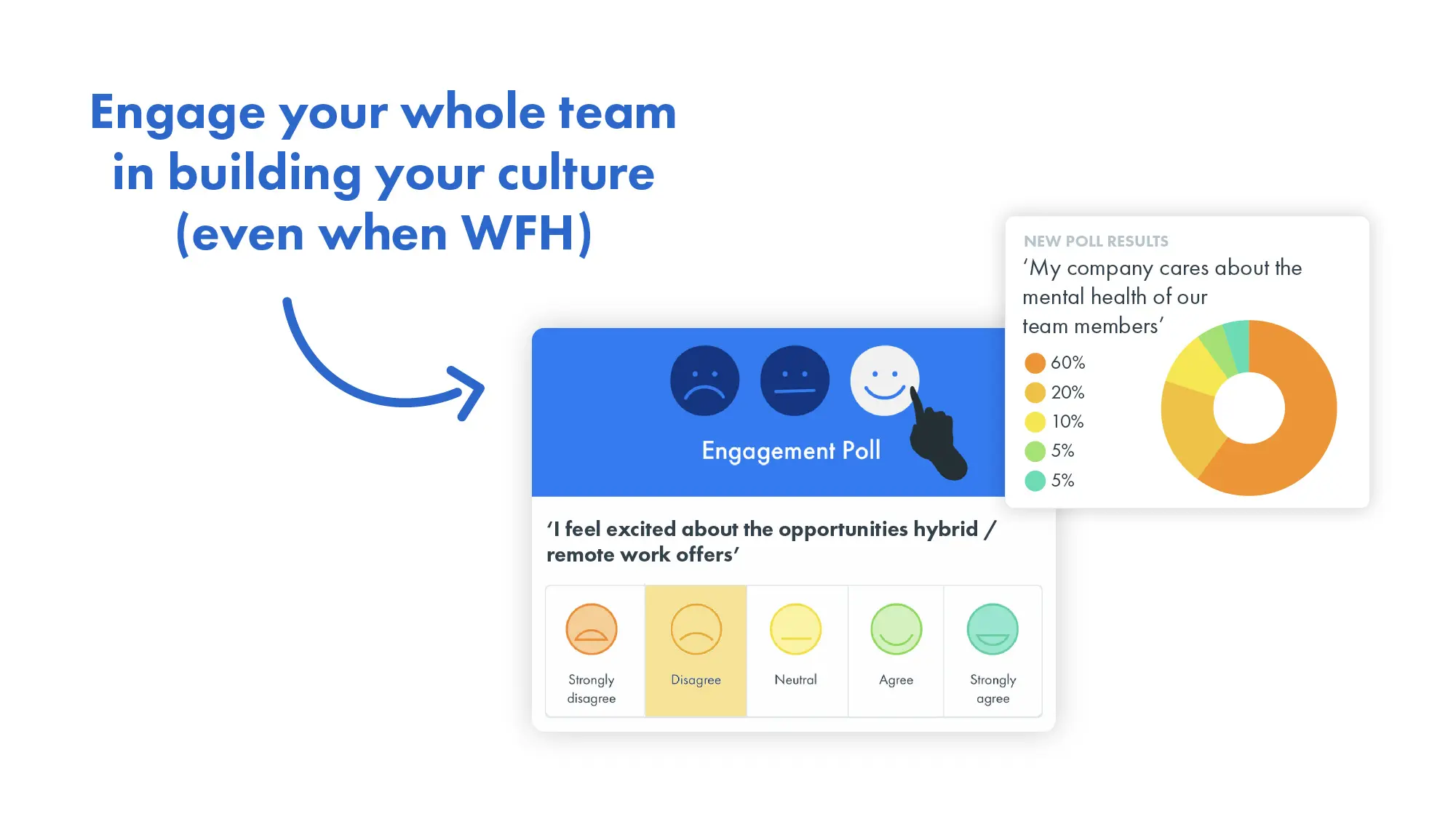
Check out our blog for some tips on how to write the best employee engagement questions.
4. Promote work-life balance
Remote work can easily be a one-way ticket to burnout and increased turnover if you’re not careful to set work boundaries. Encourage time off, regular breaks, and hobbies and interests outside of work. By actively supporting your team’s well-being and mental health, you’ll also improve retention.
5. Maintain clear and consistent communication
Transparent and open communication across teams and from all levels of leadership is what keeps a distributed remote team together. Updates, expectations, and feedback should be openly and regularly shared to keep all team members on the same page.
6. Provide opportunities for professional development
Continuous learning and development opportunities keep employees engaged and invested in the organisation. Online workshops, webinars, and professional courses are proved to increase job satisfaction and can offer a way for your team members to upskill and stay motivated, even in a remote work environment.
Empower remote workers to do their best work
A proactive approach to remote employee engagement is a strategic investment in the success of your business. Whether you’re already overseeing a remote-first distributed team or in the process of making the shift, evaluating and building upon your remote engagement strategies is an important ongoing task.
CharlieHR has a suite of tools for remote employee teams that helps you build and grow your employee engagement, from easy and seamless remote employee onboarding to helpful engagement surveys.
Try CharlieHR for free today, and see how it can supercharge your employee’s engagement and make your remote workers more motivated than ever before.
